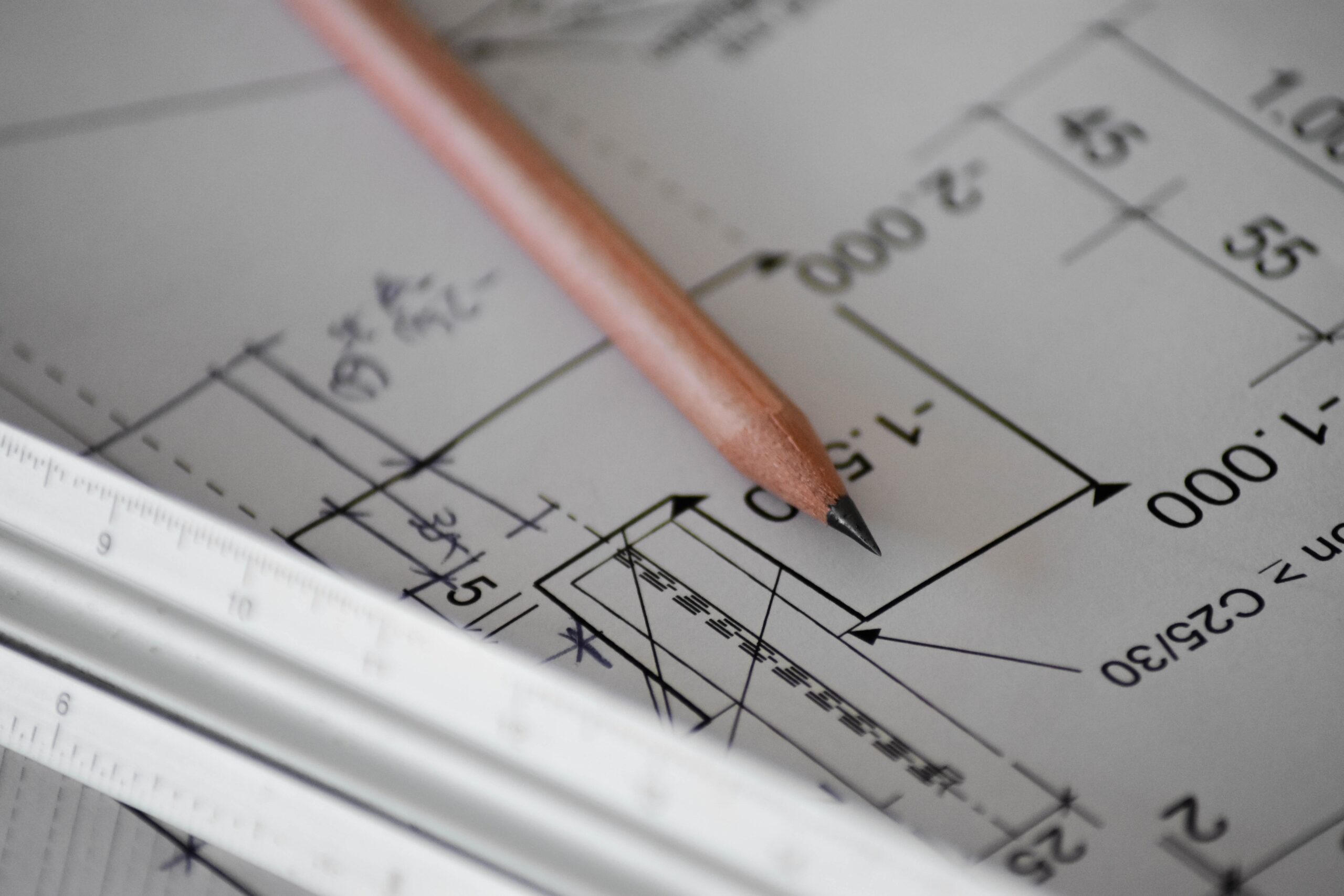
Ontario’s New Building Code has arrived with big changes for Sound Transmission
In 2015, I wrote my first article here discussing the proposed changes to the National Building Code and what the impact on acoustics. In 2020, the Ontario Building Code (OBC) followed suit with amendments to the Sound Transmission sections but the changes flew under the radar because everyone was focused on the pandemic.
The changes are significant and have a tremendous impact on acoustics. This is the first major update to the Sound Transmission section in 30 years.
Revisions to Sound Transmission Class
The challenge with the old building code is that it only considered the wall separating two spaces (left image), yet we know sound does not only travel through the air from one room to another. Sound travels through indirect paths such as ducts, duct walls, floors, ceilings, windows or even gaps and cracks. This is known as “flanking” noise (right image). This additional sound wasn’t taken into account before but now it must be considered (light blue lines in right image).

Fig 1 Flanking noise: noise transmitted through wall, ceiling and floor junctions (credit: NRC)
This means even if you built a wall with a 50 STC rating, it would be considered compliant, but the neighbours might still complain about noise if there are many flanking paths.
Flanking paths are measured using Apparent Sound Transmission Class (ASTC), which is a more realistic measure of the actual sound level transmitted between occupants since it includes noise transmitted through walls, ceilings and floor junctions.
“The transition to an ASTC from a STC rating requires a change in mindset when considering the sound insulation between dwellings” – National Research Canada
Changes to Sound Transmission in the Ontario Building Code
Any buildings that are subject to Part 5 or Part 9 of the OBC must now comply with the new Sound Transmission section. The updated Section 5.8 has been revised to incorporate ASTC ratings. There are now two options in the design and construction when it comes to required protection:
- 8.1.1.(1)astates your wall AND adjoining construction (i.e. floors, ceiling, corridor wall & outside wall) must, collectively, meet ASTC rating of 47. This means that in addition to an STC rating of 50 for walls, all residential assemblies and their short-circuit paths will have to show, on paper, that they can achieve an STC rating of 47 or higher.
OR
- 8.1.1.(1)bstates that you can go forego the ASTC requirements and just aim for an STC rating of 50 but you must construct as prescribed in the Code [outlined in Article 9.11.1.4 – and it’s incredibly prescriptive and does not allow deviation].
The only unchanged rule from the 2012 code is there is no ASTC rating applicable for elevator or garbage chutes.
Compliance with the New Building Code Changes
Section 5.8.1.3 of the OBC outlines the compliance requirements. Simply put, there are three requirements to demonstrate compliance:
- Build exactly what you did before and measure when it’s all done – This option may seem economical but very risky if there are problems. Fixing noise issues post-construction can be very expensive.
- Build exactly as prescribed in the OBC’s published construction – Developers and builders may find this quite limiting and material costs more expensive. The prescribed construction (in Tables 9.10.3.1 & Article 9.11.1.4) is incredibly detailed and does not allow for any deviation in the design.
- Carry out calculations to determine the ASTC – The OBC has a number of methods for calculations but simply put, aiming for an ASTC rating of 47 or higher is the best option to consider. Acoustical engineers will need to spend more time and effort doing calculations to ensure ASTC compliance. Designers and architects will spend more time and effort detailing junctions in their drawings. Builders will spend more time to ensure the construction follows the new details. The additional cost is a downside but the upside is a better product and ultimately, a better building.
The new OBC rules don’t apply to buildings that started construction prior to 2020. Any future builds will need to meet these code requirements.
The Future of the Ontario Building Code
With the changes to the OBC, we have had inquiries from building officials and inspectors about the STC and ASTC calculations and their impact on sound. The word is out about the changes to the OBC so clients are developing a greater understanding of the requirements and have a greater expectation of builders and developers. Don’t be surprised if you’re working on a project and someone asks about ASTC or has a question about sound transmission.
The changes to the OBC have been in the works for many years as these rules were implemented in the National Building Code in 2015. The move to adopt ASTC into the provincial code now harmonizes the national and provincial codes to work towards reducing sound transmission and increasing resident comfort.
If anyone’s interested in learning more about what these changes mean or has questions, feel free to contact me directly at [email protected].
